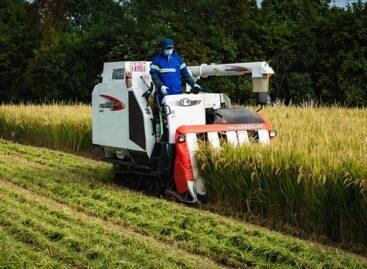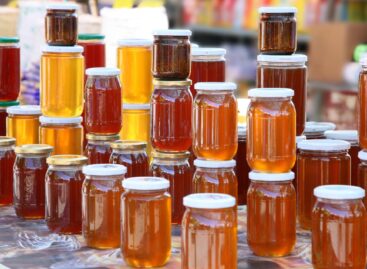Nielsen: Covid19 Evolving Consumer Dynamics
The novel coronavirus (COVID-19) pandemic is an unprecedented event the world has rarely experienced; its spread is affecting consumer sentiment and purchase behavior across the globe. As with any pandemic, consumers have been quick to train their behaviour and align their buying and spending patterns for products and services.
As India moves through the Nielsen proprietary consumer behaviour thresholds (refer box below), many behavioural shifts are witnessed among its population. This report will talk about some market and consumer trends that the Nielsen teams have analysed using multiple primary research techniques.
The pandemic has impacted different markets by its expanse of geographical spread, severity of lockdown, and market’s dependence on traditional vs organised retail channels.
If we take China’s case, the severity of the pandemic was largely limited to one province where it was controlled effectively – this led to an early growth recovery for FMCG industry categories. Also, China has a higher contribution of organised retail channels (modern trade and E-commerce), as compared to India. The industry in India has witnessed a delayed growth recovery, in lieu of the lockdown for a significant period affecting manufacturing and supply chain; and a significant number of days when even traditional trade channels viz. grocers and chemists remained closed in April and May.
After a significant impact during the lockdown, the FMCG industry in India has recovered sharply in June – a recovery is driven by Traditional Trade channels. There was a clear prioritisation on FMCG categories made by consumers during the lockdown period, and significant recovery of others with Unlock 1.0 in June. Categories have had differential patterns of recovery over the last few months
‘Ghar Ka Khana’ continues to trend
Ghar ka Khana & Do It Yourself (DIY) cooking trend picked during lockdown with restrictions around eating out and household help not being around. This led to continued sales for categories like Packaged Atta and retail packs of Edible Oil brands. These categories continue to be in the shoppers basket in Unlock 1.0 as consumers continue to be cautious.
Heightened Hygiene is the new normal
Like Soaps and Floor Cleaners continued to be in shoppers’ priority baskets during the lockdown. These categories continue to command a higher share of wallet in the unlock phase and are firmly entrenched in the ‘new normal’ shopping basket.
Beauty sees sharp recovery in June
With the majority of people confined to their house, cosmetics and beauty categories were de-prioritised in the lockdown phase – categories like Deodorants, Hair Colour and Skin Care
had witnessed significant slowdown. These categories have witnessed a sharp bounce back in June.
Daily usage categories return to normalcy
Categories like Toothpaste, Shampoos, Hair Oils that had witnessed rationalisation in the lockdown period, bounced back in June. Similar trend was witnessed for home care categories viz. Washing Powder and Detergent Cakes also.
Related news
China is giving new impetus to grain production
🎧 Hallgasd a cikket: Lejátszás Szünet Folytatás Leállítás Nyelv: Auto…
Read more >China would increase its grain production capacity by 50 million tons
🎧 Hallgasd a cikket: Lejátszás Szünet Folytatás Leállítás Nyelv: Auto…
Read more >Shein is facing serious EU proceedings – the Chinese giant platform could pay a fine of up to billions
🎧 Hallgasd a cikket: Lejátszás Szünet Folytatás Leállítás Nyelv: Auto…
Read more >Related news
KSH: industrial producer prices in November 2025 were on average 2.7 percent lower than a year earlier and 0.3 percent lower than the previous month’s prices
🎧 Hallgasd a cikket: Lejátszás Szünet Folytatás Leállítás Nyelv: Auto…
Read more >Employment at 4.5-year low
🎧 Hallgasd a cikket: Lejátszás Szünet Folytatás Leállítás Nyelv: Auto…
Read more >This is how we eat honey in 2026
🎧 Hallgasd a cikket: Lejátszás Szünet Folytatás Leállítás Nyelv: Auto…
Read more >







